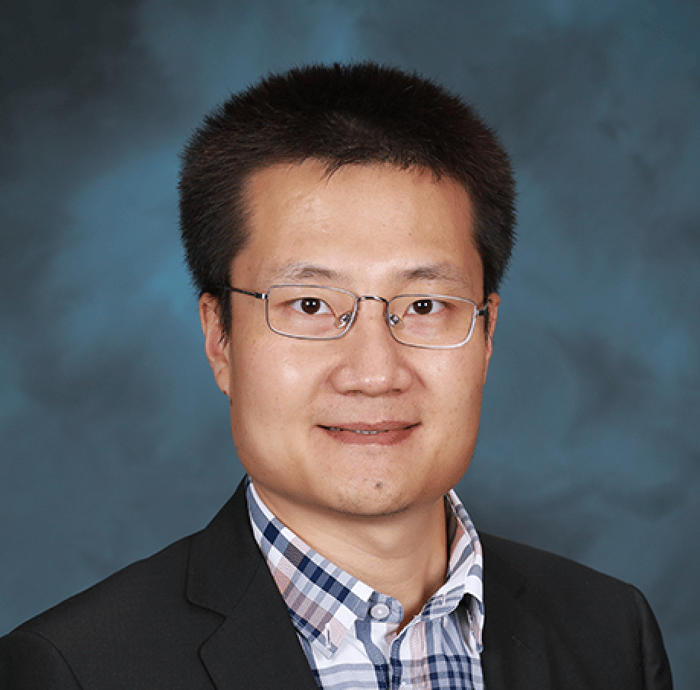The Partnership in Research and Education in Materials (PREM) for Functional Materials is a collaboration between the University of Texas at Arlington (UTA) and the Northwestern University (NU) Materials Research Science and Engineering Center (MRSEC). UTA, a Hispanic-Serving and Asian American and Native American Pacific Islander-Serving Institution, has a diverse student body with 57% identifying as underrepresented minorities (URM). This partnership aims to advance cutting-edge materials research while creating pathways for URM students to pursue careers in materials science and engineering through mentoring, research opportunities, and professional development.
The partnership also includes Grambling State University, an HBCU, fostering reciprocal faculty visits and providing students with access to world-class research facilities at NU. Students progress from undergraduate research to graduate studies, postdoctoral opportunities, and eventual placement into the materials science workforce.
Functional Mixed-Dimensional Heterostructures
RT 1 addresses electron transport across mixed-dimensional heterostructures, in which the heterogeneities in dimensions (e.g., 0D, 2D, 3D) and materials properties are used to precisely manipulate electron transport, allowing only electrons with a specific energy and momentum to participate in electron tunneling. This energy/momentum filtering can lower the effective electron temperature to extreme values (e.g.,<1K), allowing the study of ultra-cold electrons across hetero-dimensional components at room temperature. Novel electronic, spintronic, and optoelectronic phenomena and their applications that have so far been limited to the low-temperature regime can now be explored and manipulated at room temperature. Under this thrust, new generations of compound semiconductors, alloys, and epitaxial heterostructures will also be investigated. How chemical composition and material architecture (e.g., epitaxy) influence resulting properties such as electron affinity, dielectric constant, and band alignments will be quantified. These results will have impact on both fundamental understanding and practical applications.
Bioinspired Materials with Adaptive Functionality
RT 2 will create a fundamental materials science approach to study stimuli-responsive smart biomaterials and cell-free bioprogrammable materials, filling a void in the bioinspired biomaterials research field. Combining experimental investigations with computer simulations, three phase transition phenomena under different stimuli will be probed: (i) pH-triggered conformational change in polydiacetylene-peptide; (ii) glutathione-stimulated morphological change in polyurethane polymer nanoparticles; and (iii) AC magnetic field-activated phase transition, from hydrophobic to hydrophilic, in polymeric nanocomposites containing superparamagnetic iron oxide nanoparticles. The design guidelines accruing from this project will facilitate the development of a range of bioinspired materials, but also other new polymeric biomaterials.
























